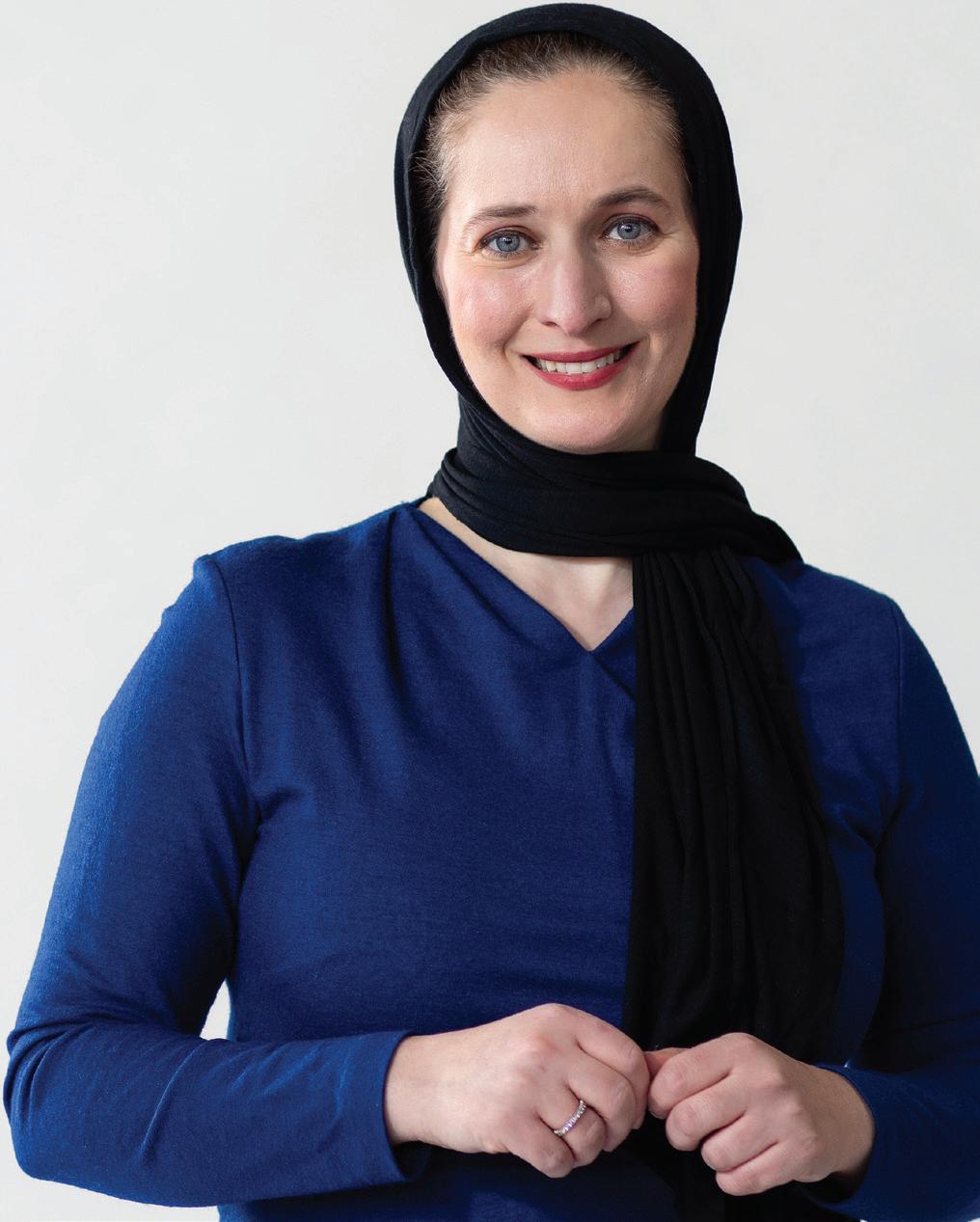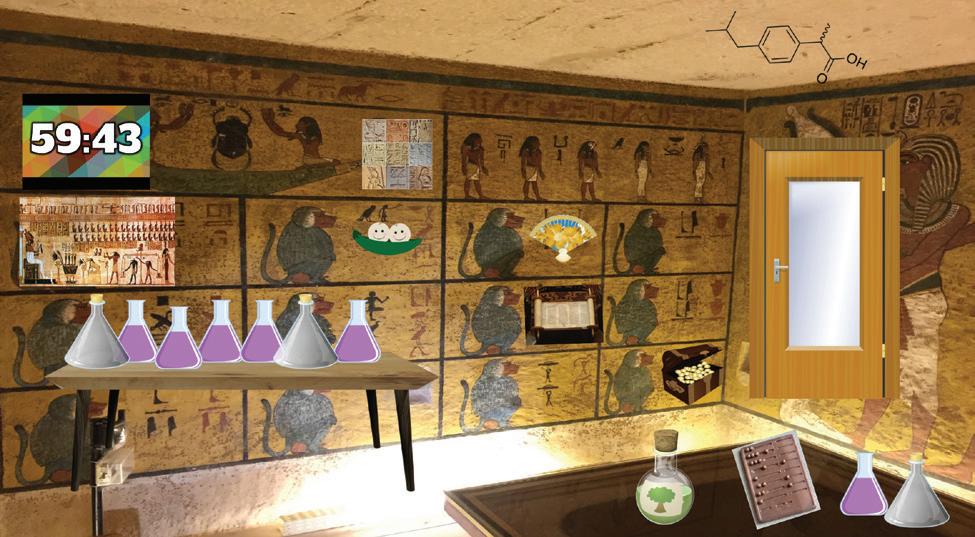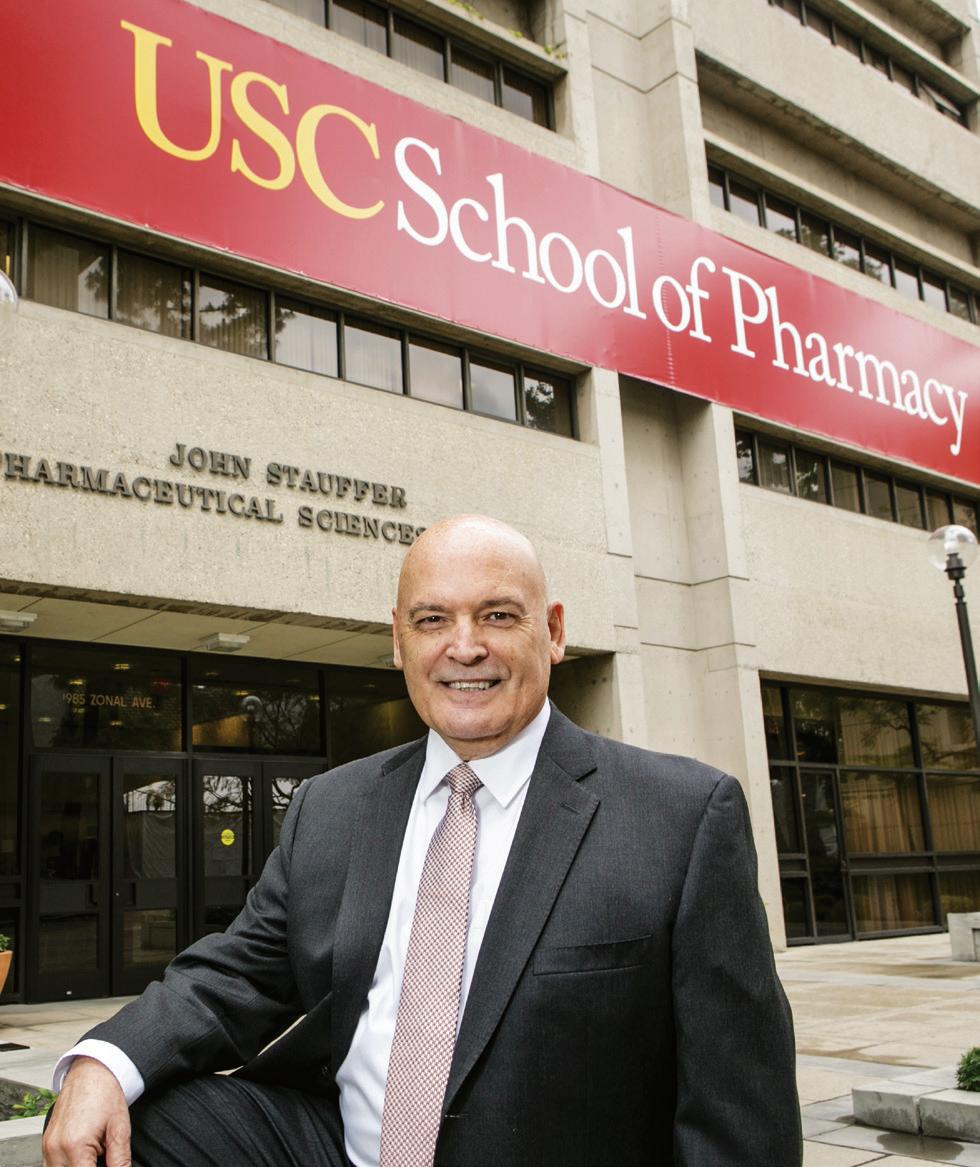
3 minute read
GREENING THE PHARMACY DESERT
BROAD SPECTRUM
Dima Mazen Qato has garnered national coverage for research and advocacy aimed at widening access to pharmacies and improving medication adherence. While working as a floating pharmacist early in her career, Qato noticed how many communities lacked pharmacies. Through her research, she coined the term “pharmacy desert” to describe these underserved neighborhoods. Last fall, Qato joined the School of Pharmacy as the Hygeia Centennial Chair and senior fellow at the USC Schaeffer Center for Health Policy & Economics after serving on the faculty of the University of Illinois, Chicago. She brings with her a commitment to addressing racial disparities in pharmacy and medication access so that residents of minority neighborhoods can get the medicines and related services they need in pharmacies in their own communities. Here, she discusses the issue’s urgency—especially in the era of COVID-19—as well as some potential solutions.
How do you define pharmacy deserts? People live in a pharmacy desert if they cannot fill a prescription within a half mile—for those without transportation—or a mile if they have a car. A mile may not seem like much, but if you don’t have a car and have problems walking, bus connections are bad, the weather is inclement, the neighborhood is dangerous and you have a child who needed that antibiotic yesterday for a raging infection, a mile can be impossible.
How do pharmacy deserts worsen health inequities? My work in Chicago and elsewhere—including Los Angeles—has found that predominantly Black and Hispanic neighborhoods have fewer pharmacies and are also more likely to experience closures. Closures impact adherence. We found that people who have filled a prescription medication at a pharmacy that subsequently closed are more likely to discontinue their prescription drugs than those who did not experience a closure.
What causes pharmacy deserts? There are multiple reasons, but a key factor seems to be insurance coverage and pharmacy reimbursement. In our national analyses, we found that pharmacies located in neighborhoods where there are more residents with Medicaid and Medicare insurance coverage are more likely to close, creating pharmacy deserts. Pharmacies can’t make enough profit on Medicaid and Medicare to keep the doors open. Pharmacies are also less likely to open in these disproportionately publicly insured neighborhoods.
How can these gaps in service be filled? Public policy needs to focus on pharmacy accessibility—not just insurance expansion. One possibility is to increase reimbursement for pharmacies located in pharmacy deserts or serving a greater share of Medicaid or Medicare Part D beneficiaries. Incorporating pharmacies into Federally Qualified Health Centers (FQHCs) should also be considered. We found that many FQHCs located in medically underserved areas lack pharmacies.
Are telepharmacies an answer? It really depends on the types of services a telepharmacy provides. We need to do further research to determine whether longer opening hours, home delivery, 90-day supplies or other interventions can make a difference.
What impact has COVID-19 had? COVID-19 has reinforced that pharmacies are an essential component of the healthcare system. They are critical in promoting and protecting public health, particularly providing access to medicines and other essential items, such as hand sanitizer. Pharmacies also increasingly provide preventive and emergency care, including immunizations, contraception and the opioid-overdose antidote naloxone. But the pandemic has also led to more people facing challenges in visiting a local pharmacy or getting needed medications. The majority of people in the U.S. have now been affected by access barriers that so many vulnerable populations— particularly those living in low-income neighborhoods—had already experienced on a daily basis. Access matters and, if we know that accessible pharmacies matter for medication adherence, of course they’re going to matter for vaccines. Even when pharmacies are available in vulnerable communities, they’re more likely to be independent stores versus retail chains and less likely to offer vaccination services.










